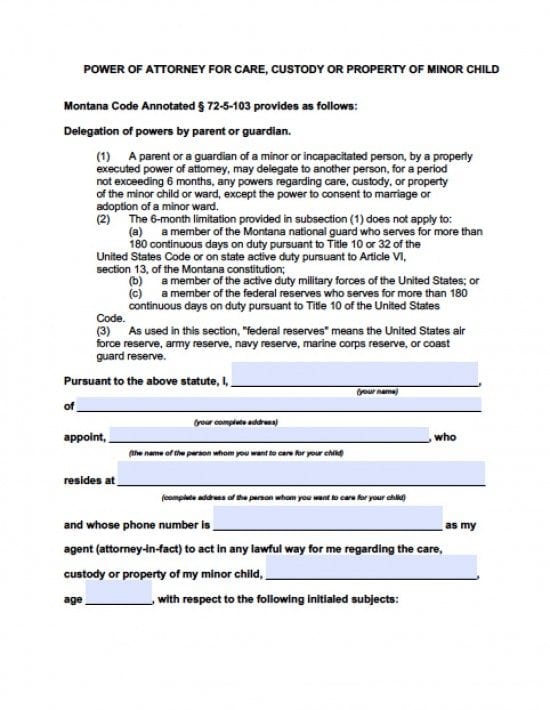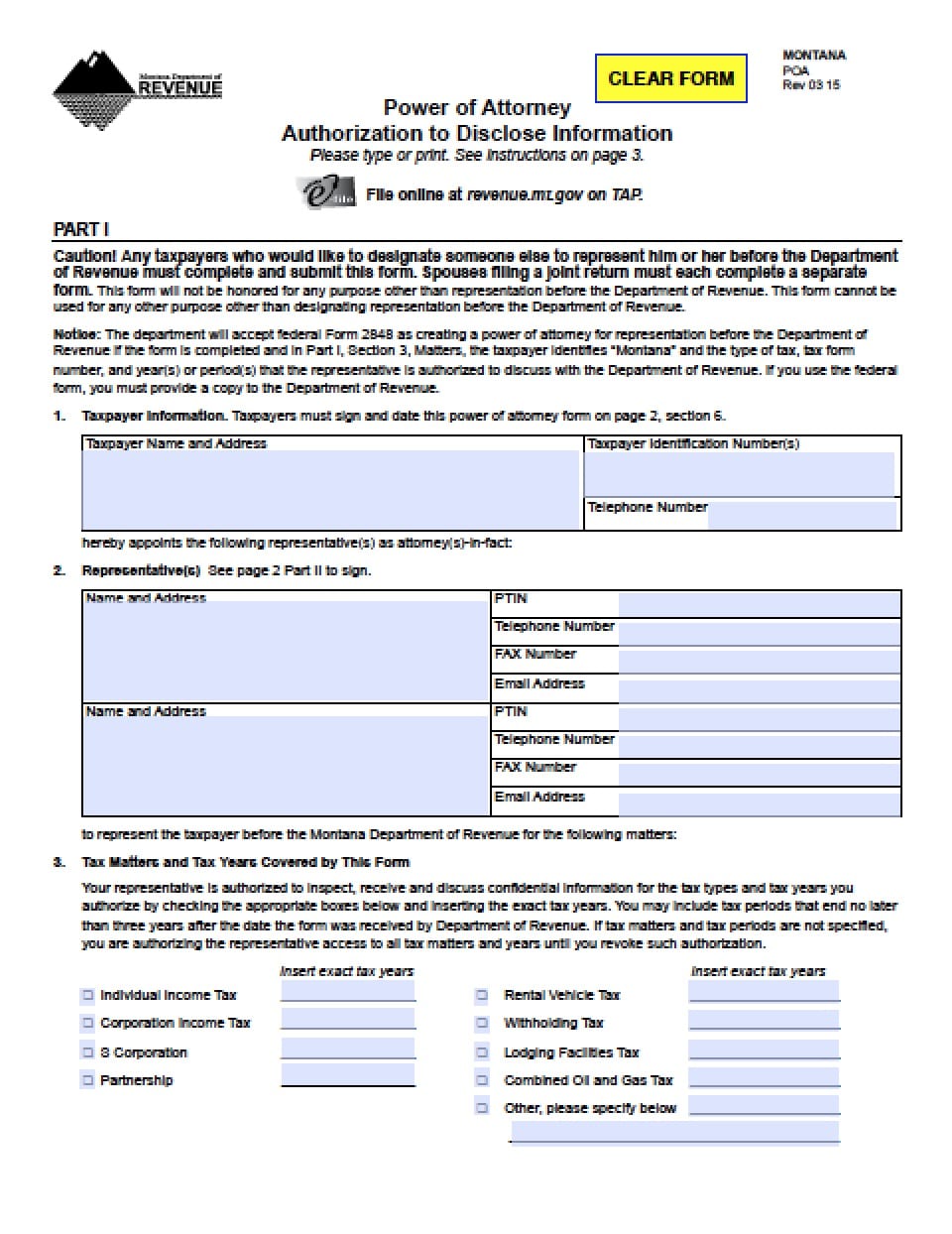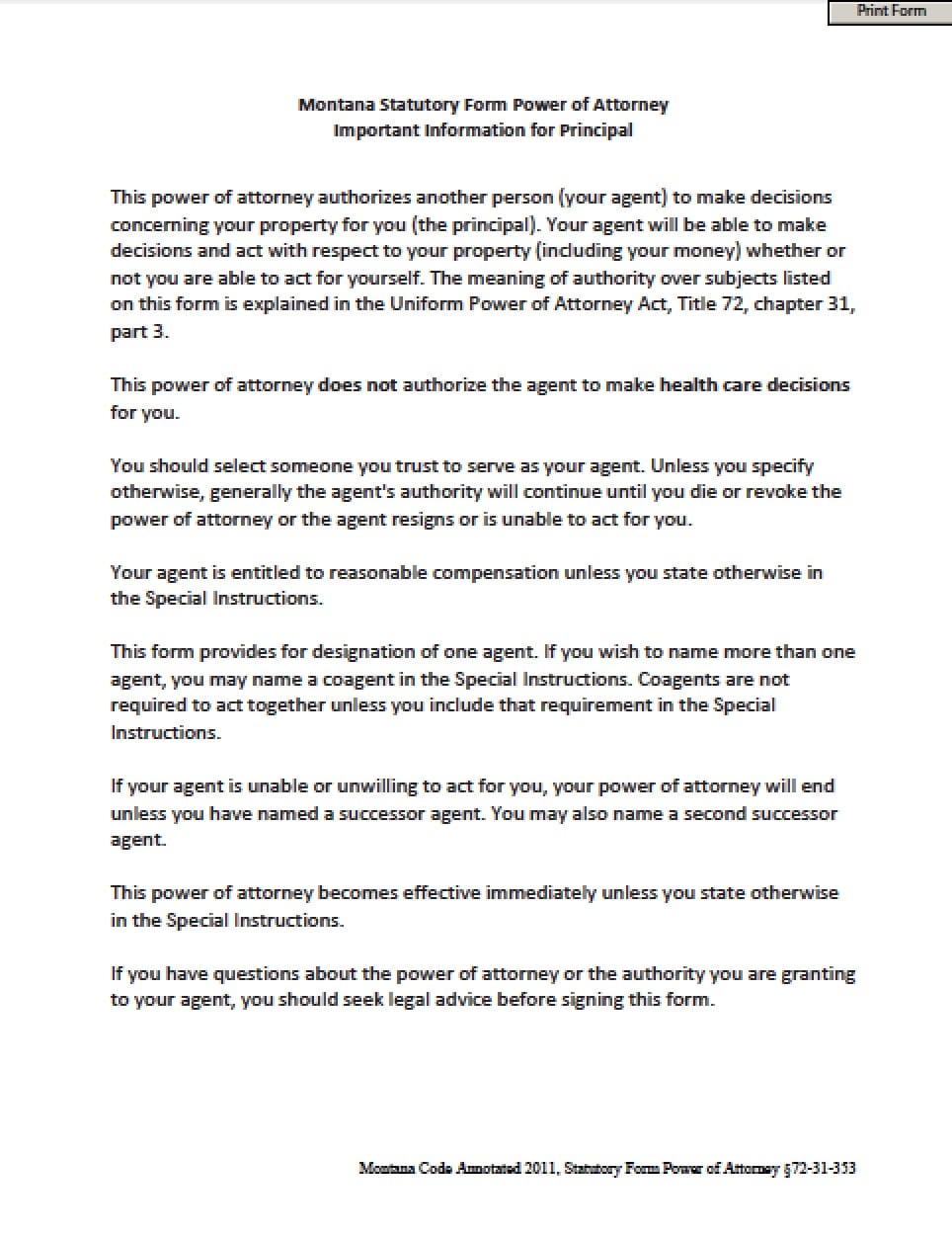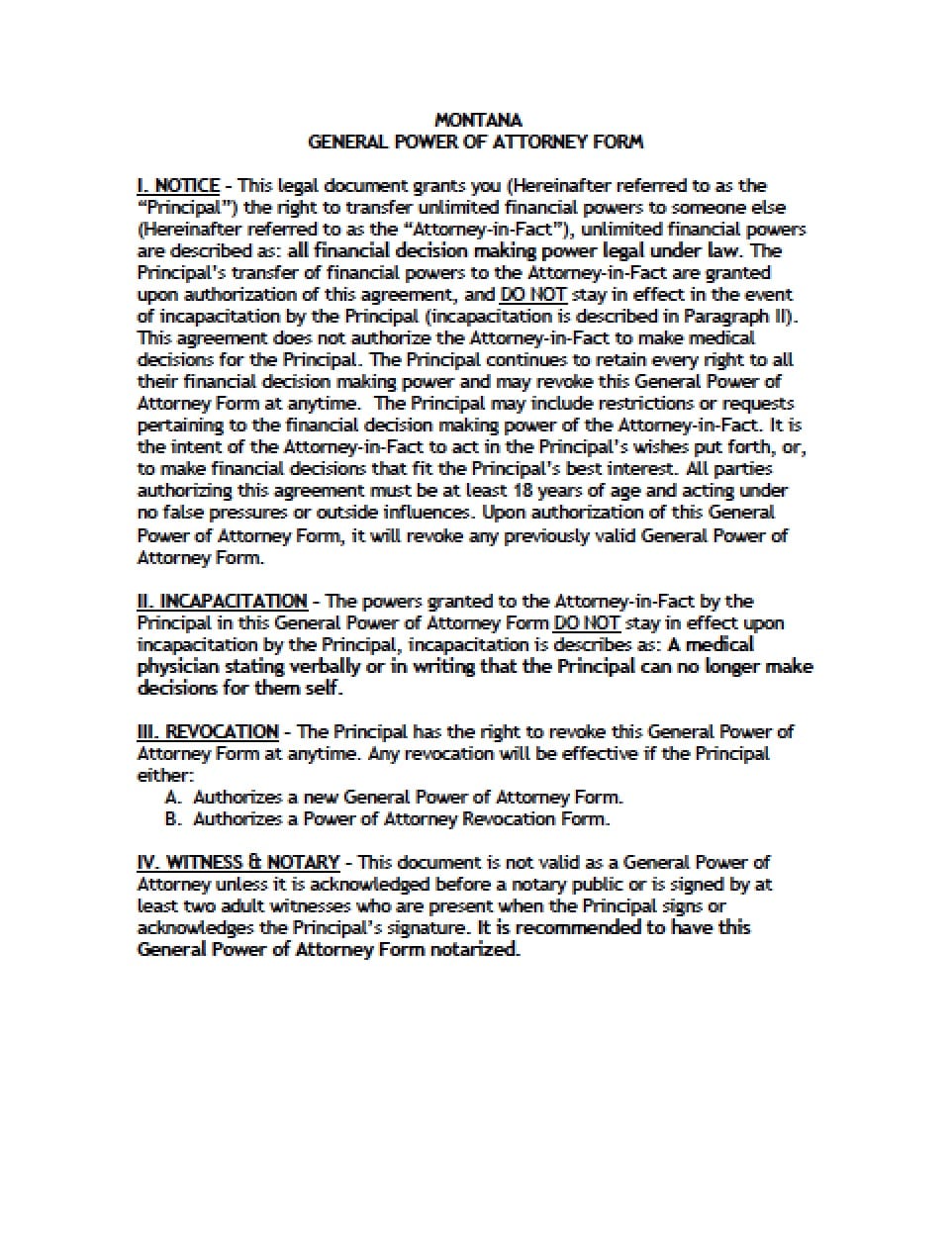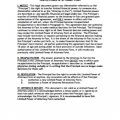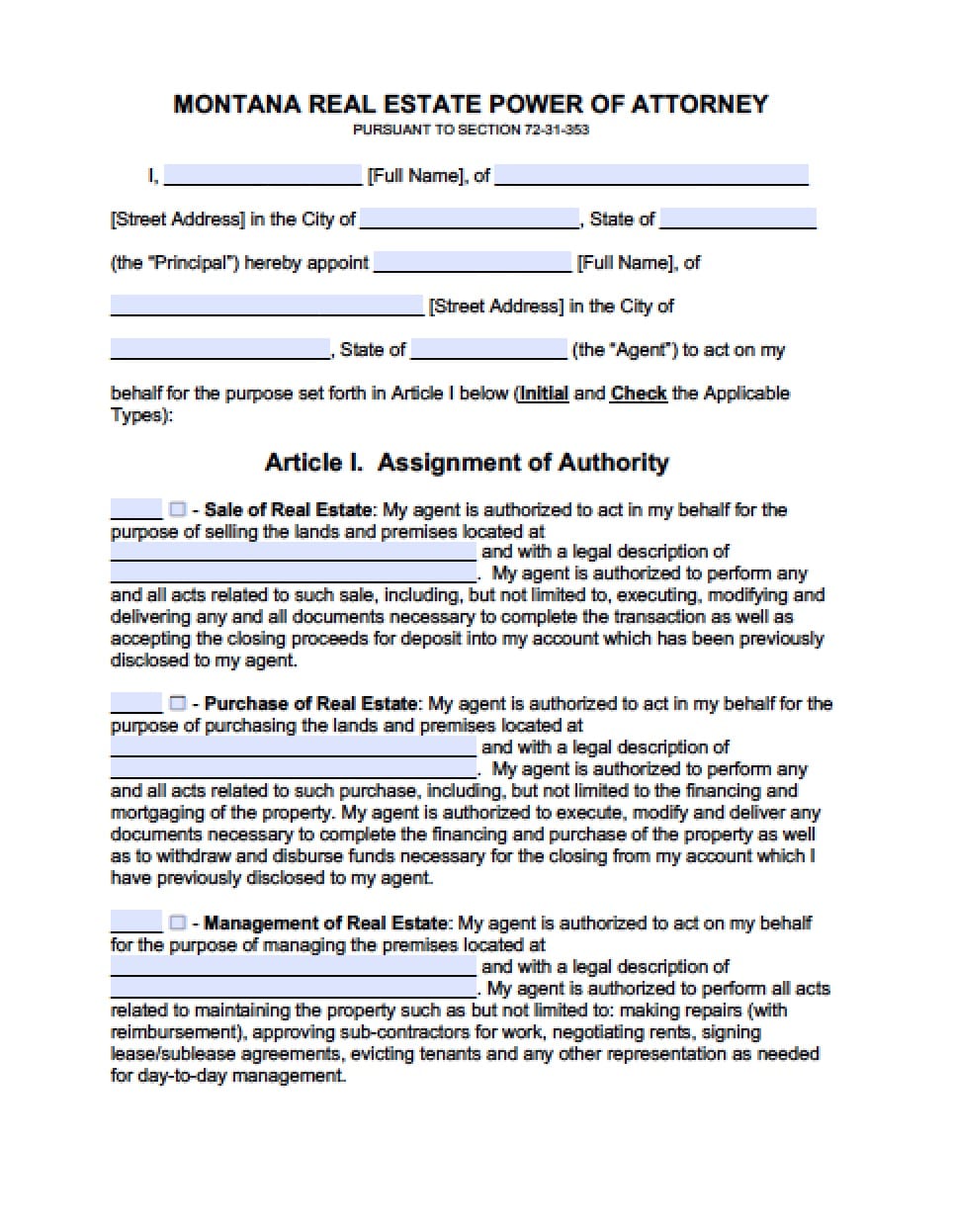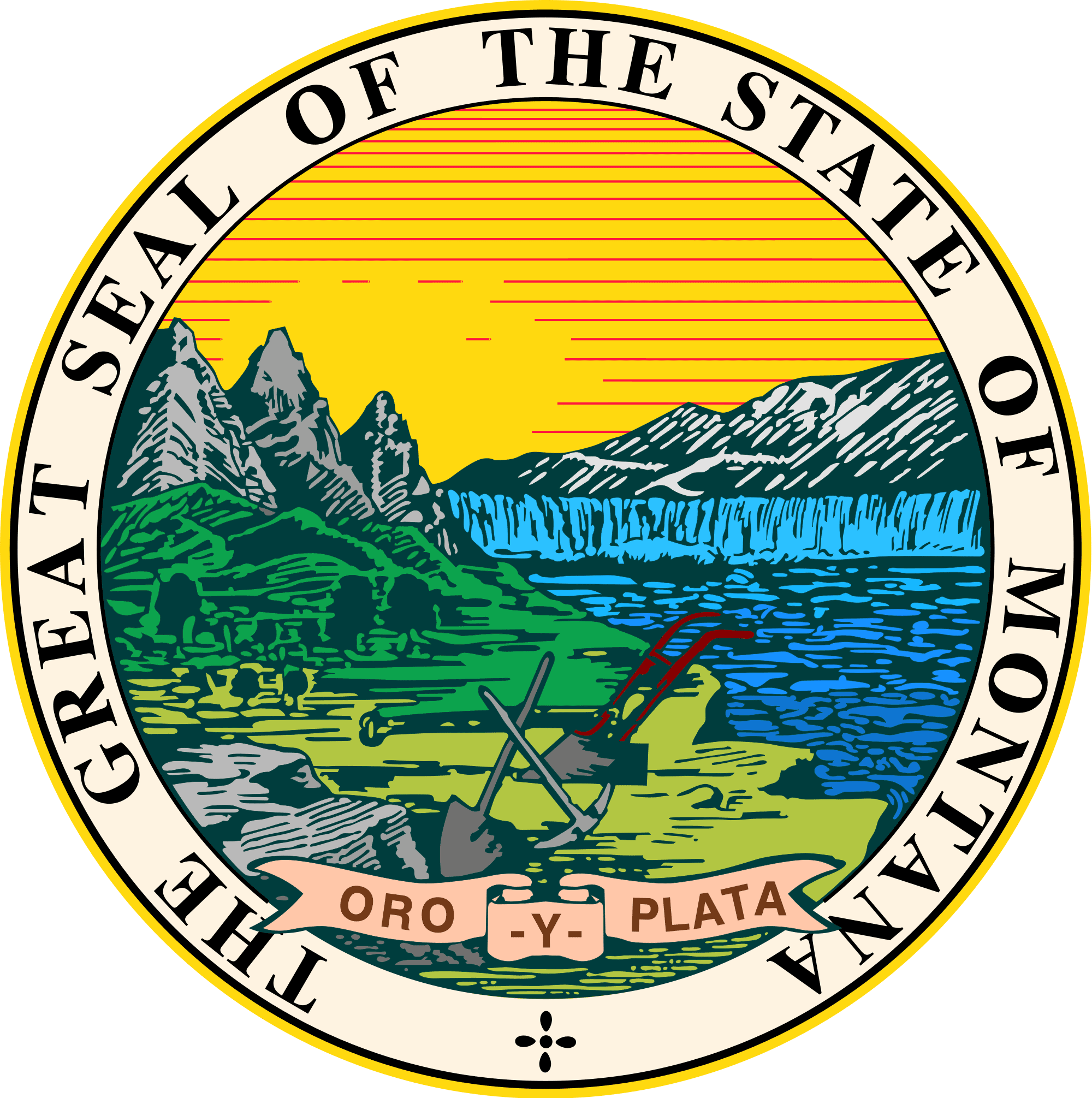 | Montana Minor Child Power of Attorney Form |
The Montana minor child power of attorney form is a document that provides a parent or guardian the ability to grant powers to an Agent, on behalf of a minor child (or children) in the event of incapacitation, or a need to be temporarily absent from the duties of caring for their children.
This document may be immediately executed for a period of six months. There are special considerations for members of the military. The document will allow the Principal to grant specific powers to ensure that the child(ren) will be cared for as they would care for their children as if they were present. The Agent will never have the power to consent to the child(ren’s) marriage or adoption.
This document must be notarized before it will be effective. The parents may certainly revoke this document in writing and by delivery to the Agent, at their discretion.
How to Write
Step 1 – The Parties – The parents must read the first section of the document and then enter, into the lines provided:
- The name of the parent or guardian
- Parent or guardian’s address
- AND
- Name of the selected Agent
- Agent’s Address
- Phone number
- AND
- Name(s) and age(s) of the child(ren) – If more room is required for more children, enter their information on a separate sheet an attach to this sheet or complete one sheet per child.
Step 2 – Granted Powers – The parent(s) or Guardian, granting powers over the child(ren) must read all of the selections below, select the desired powers and initial the preceding lines A through N as follows:
- A) real property and housing transactions;
- (B) tangible personal property transactions;
- (C) stock and bond transactions;
- (D) commodity and option transactions;
- (E) banking and other financial institution transactions;
- (F) health care consent for the child and other health care transactions;
- (G) insurance and annuity transactions;
- (H) estate, trust and other beneficiary transactions;
- (I) claims and litigation;
- (J) personal and family maintenance, including decisions of where the child may reside;
- (K) benefits from social security, medicare, medicaid, or other governmental programs or from military service;
- (L) all transactions concerning the child’s school or education;
- (M) tax matters;
- (N) All of the powers listed above – The Principal need not initial any of the lines, should this be their selection
Step 3 – Special Instructions –
- Should the Principal have any special instructions to be stated, enter them in the lines provided
- Principal(s) must carefully review the remainder of the document
Step 4 – Principal’s Signature-
- Before signing the document, they must be present before a notary
- Enter the date of the signature dd/mm/yyyy
- Enter the Principal’s signature
- Enter the Principal’s printed name
Step 5 – Notarization –
- The Notary Public will first witness the Principal’s signature and shall then complete the document with the required information in acknowledgement
